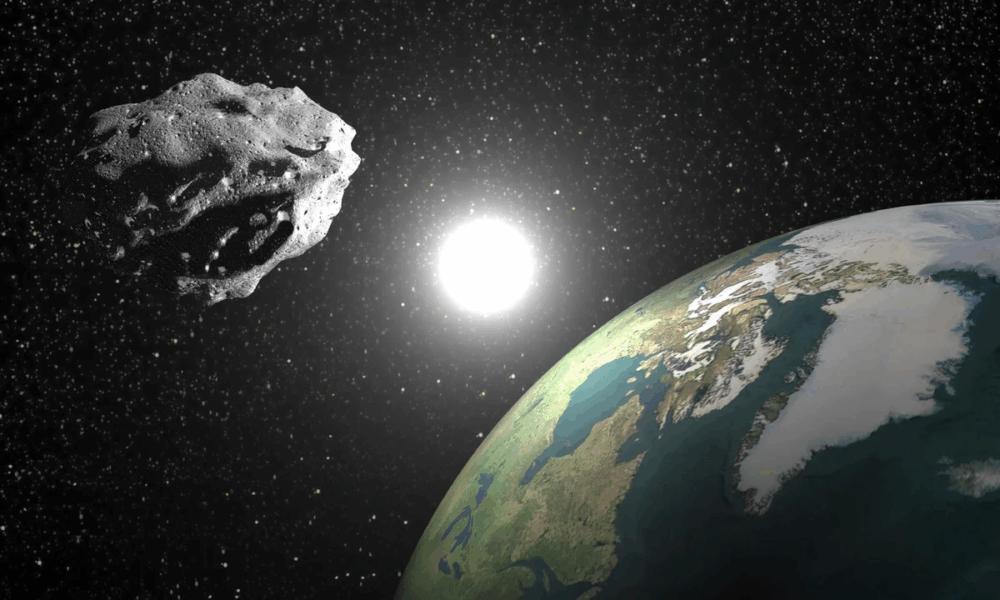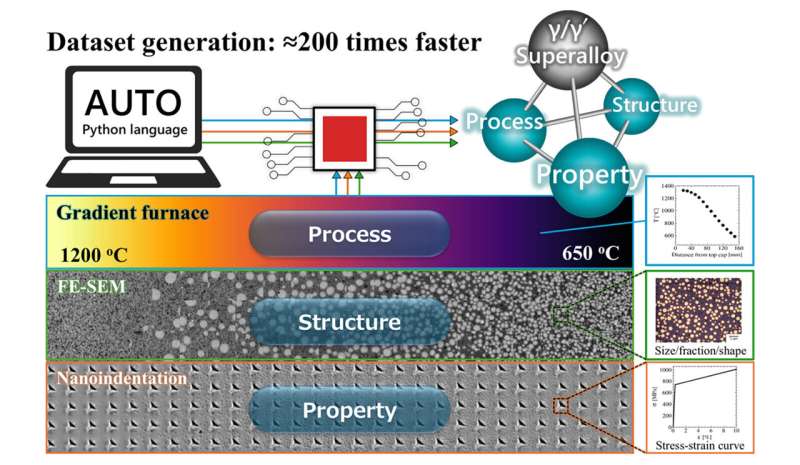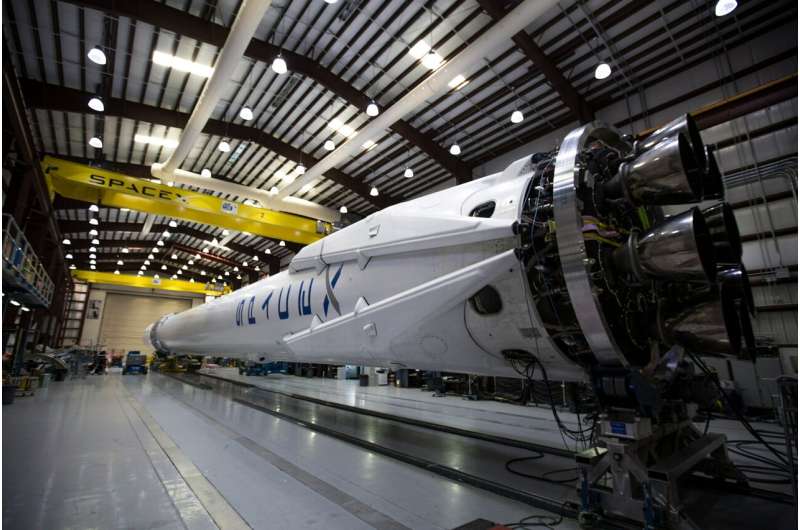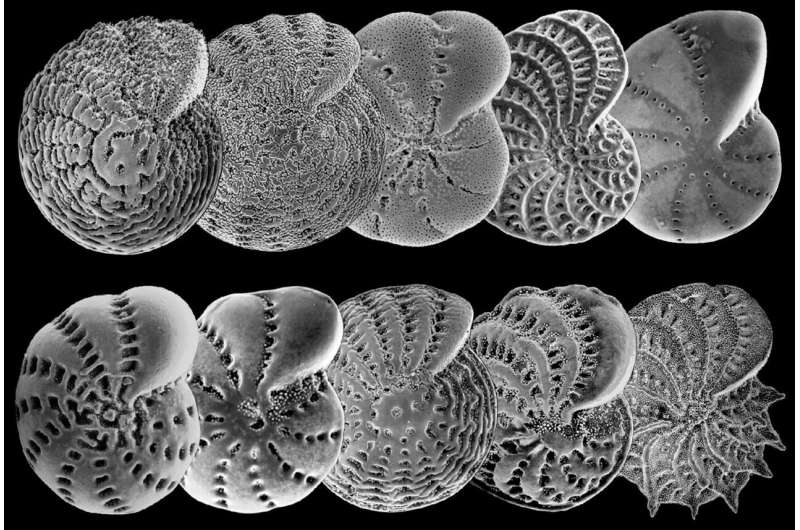A team of astronomers from the University of Hawaii has identified a new celestial object, designated as 2025 PN7, which will accompany Earth on its journey through space until approximately 2083. This discovery, made in the summer of 2025, adds to humanity’s understanding of the dynamic relationships between celestial bodies.
Unlike the Moon, which is gravitationally bound to Earth, 2025 PN7 is classified as a “quasi-moon.” This means it does not orbit Earth directly but follows a trajectory around the Sun that closely mirrors Earth’s path. Scientists estimate that the quasi-moon measures between 18 and 36 meters in diameter, roughly the size of a small building.
What is a Quasi-Moon?
The term “quasi-moon” refers to objects that share a similar orbital path with a planet without being gravitationally tethered to it. In the case of 2025 PN7, it behaves like two runners on a track who run at similar speeds but remain independent of each other. While Earth orbits the Sun, this new quasi-moon travels alongside, maintaining a close distance without being directly influenced by Earth’s gravity.
Astronomers believe 2025 PN7 will remain in this orbit for several decades, offering a unique opportunity to study its characteristics and behavior. As it approaches its closest point to Earth, scientists plan to gather more data about its composition and trajectory.
Implications for Future Research
The discovery of a new quasi-moon presents exciting possibilities for future astronomical research. Studying 2025 PN7 can provide insights into the formation and evolution of such celestial objects. The information gained could enhance understanding of how similar bodies interact with planets and contribute to the broader knowledge of our solar system.
This finding also raises questions about the potential for other quasi-moons, as astronomers continue to explore the vast expanse of space. The dynamic nature of these objects highlights the complexity of celestial mechanics and the ongoing need for advanced observational technologies.
In summary, the identification of 2025 PN7 by researchers at the University of Hawaii enriches our understanding of the cosmos and underscores the importance of ongoing astronomical exploration. As this quasi-moon travels with Earth, it offers an opportunity for scientists to deepen their knowledge of the solar system and its many intriguing phenomena.







